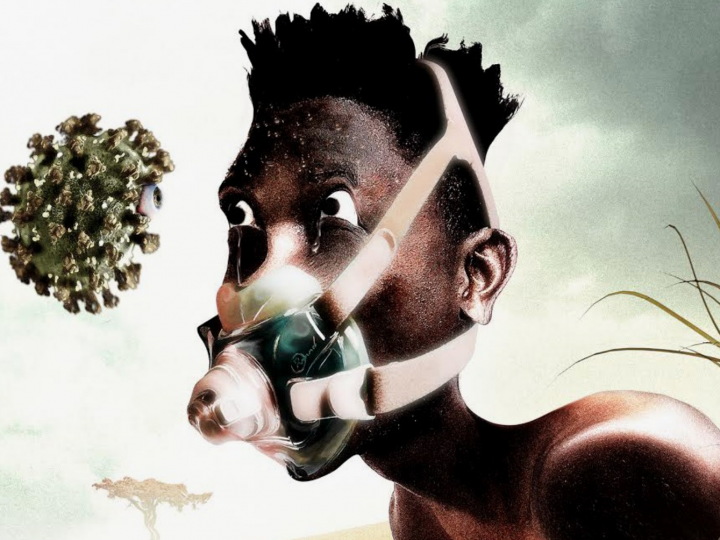Check Your Toes.. These Rashes Could Be A Sign of Coronavirus!
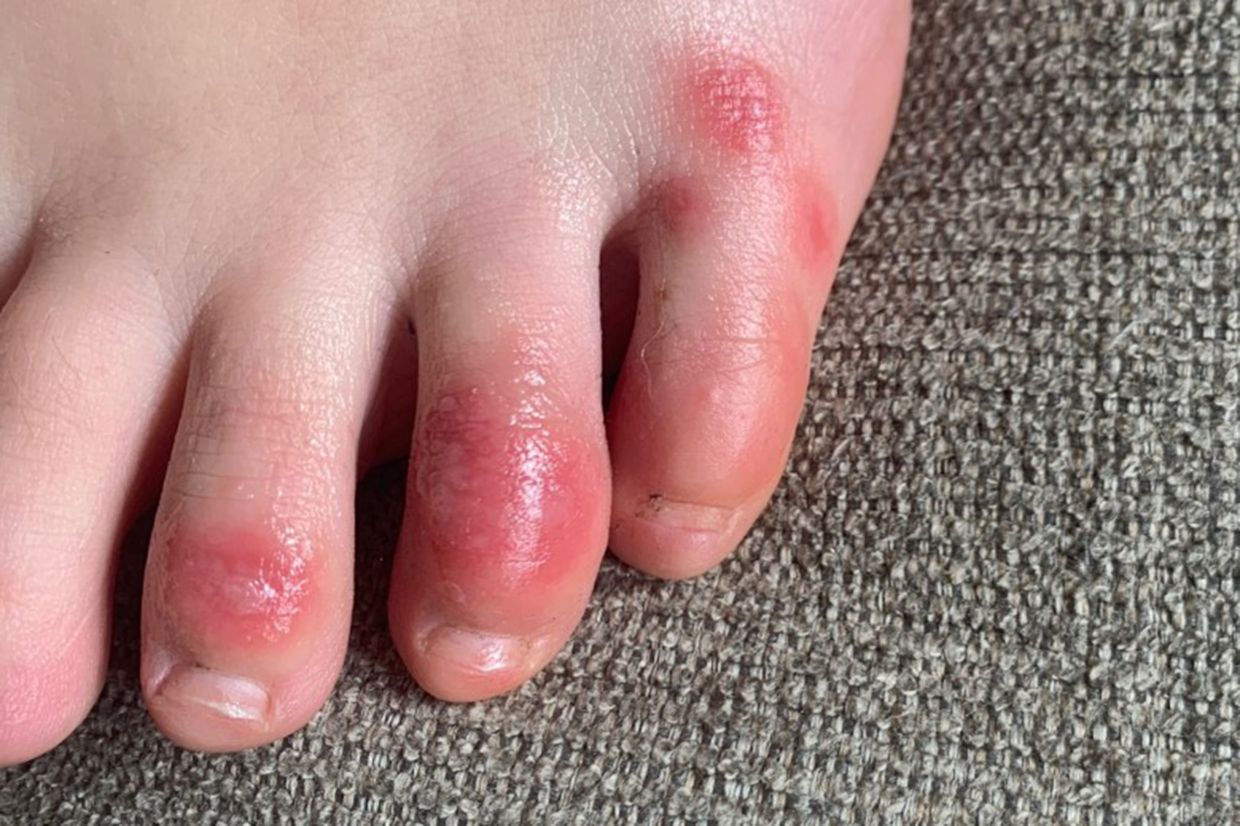 Thirsty for JUICE content? Quench your cravings on our Instagram, TikTok and WhatsApp
Thirsty for JUICE content? Quench your cravings on our Instagram, TikTok and WhatsApp
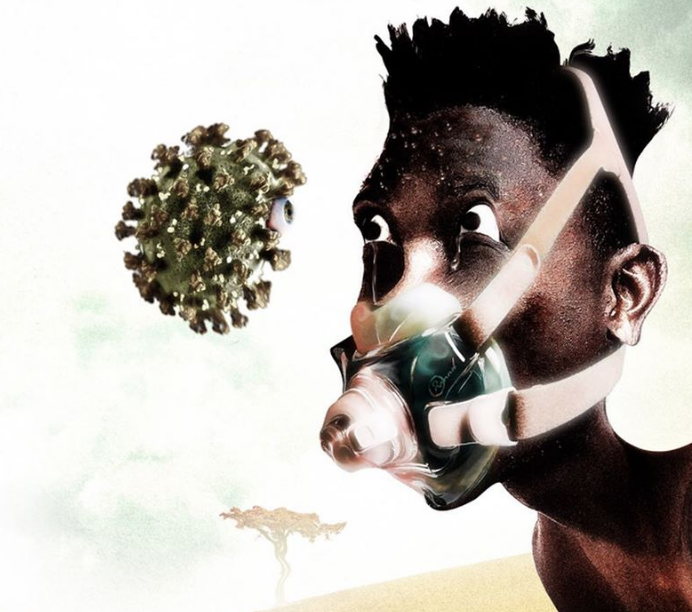
With lockdown procedures getting more relaxed in Malaysia, businesses are slowly starting to reopen as more people begin to spend time outside once again.
Despite being able to go out again (though we probably shouldn’t), it’s still scary to do so knowing that contracting Covid-19 is a possibility. Besides social distancing, wearing face masks and sanitising our hands, an ability to spot possible symptoms of Coronavirus will also prove helpful in the long run.

The photo above provided by Northwestern University shows discolouration on a teenage Covid-19 patient’s toes which is red and swollen, informally dubbed ‘Covid Toes’. Experts believe that it is possible for all kinds of rashes to occur on the body when people get ill from viruses – in this case, on the toes.
Medical experts compared this swelling phenomenon to chilblains – or ‘pernio’ which is an inflammatory reaction. For some people, pernio-like reactions are the first or even only symptom they notice after contracting the virus while others experience the toe problem at the same time or even a few weeks after experiencing more common and serious Covid-19 symptoms.
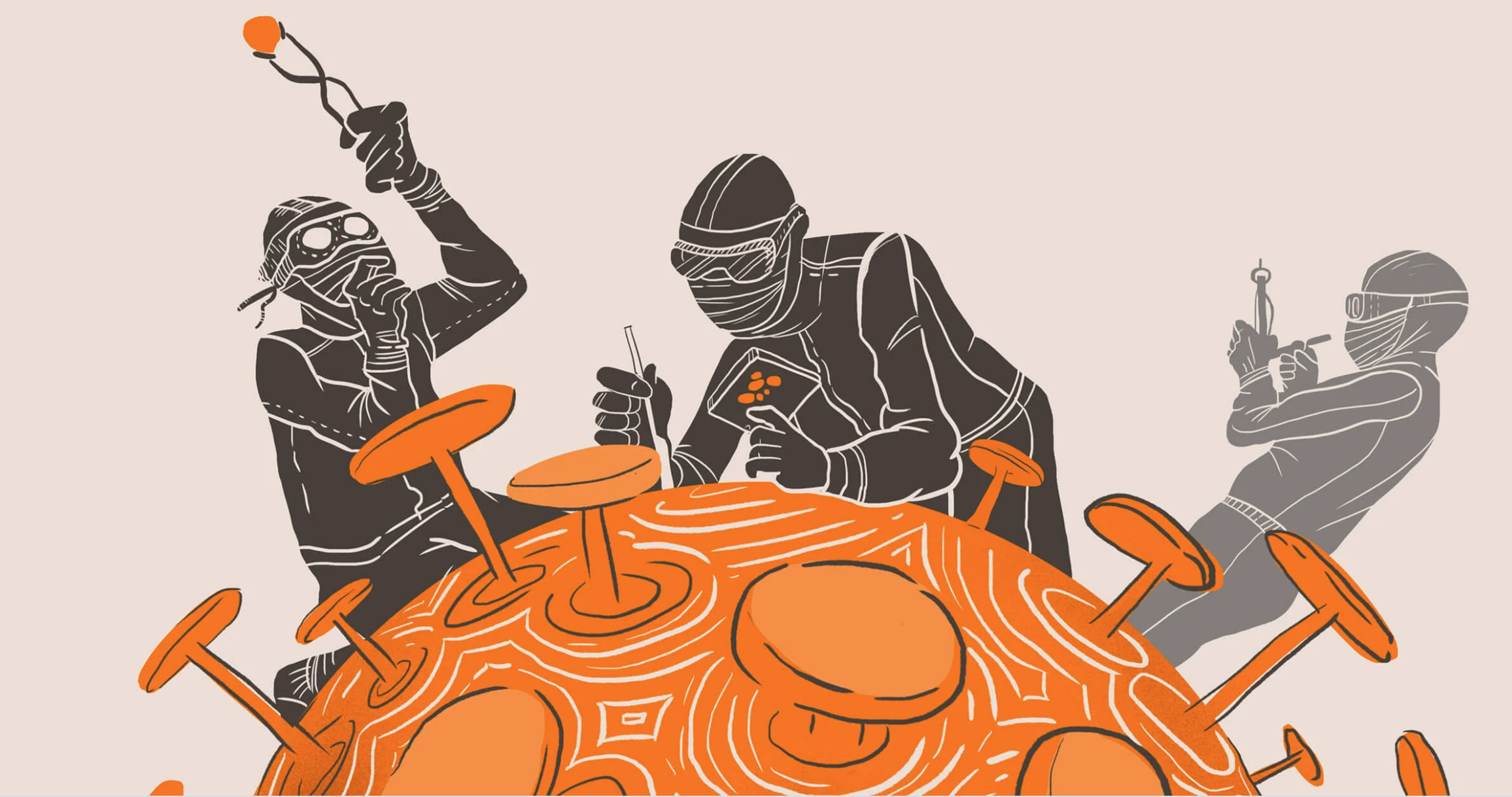
It wasn’t until recently that research pointed out how some people who contracted Covid-19 also gained skin problems after getting infected. According to The Star, Italian dermatologists studied 88 Covid-19 patients and determined that 1 in 5 of them had some type of skin symptom, mostly red rashes. Skin irritation is but one of many possible symptoms of Coronavirus.
Other symptoms to take note of include:
- high fever
- dry cough
- shortness of breath
- loss of smell
- vomiting
- diarrhoea
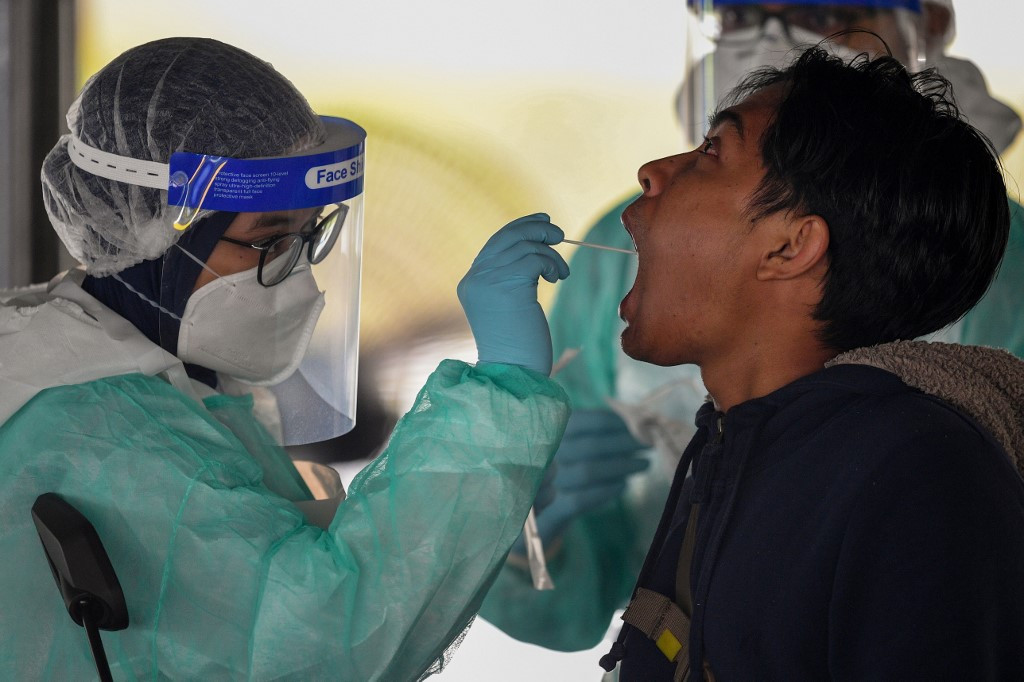
Medical experts are still uncertain whether these toe rashes are infectious. For now, the safest way to check whether you’ve contracted the virus is by heading to a clinic or hospital where they use proper test kits or try to find one for yourself, but it’s probably better to visit properly trained health workers to be completely sure.
For more news, choose JUICE.


 Get Audio+
Get Audio+ Hot FM
Hot FM Kool 101
Kool 101 Eight FM
Eight FM Fly FM
Fly FM Molek FM
Molek FM


